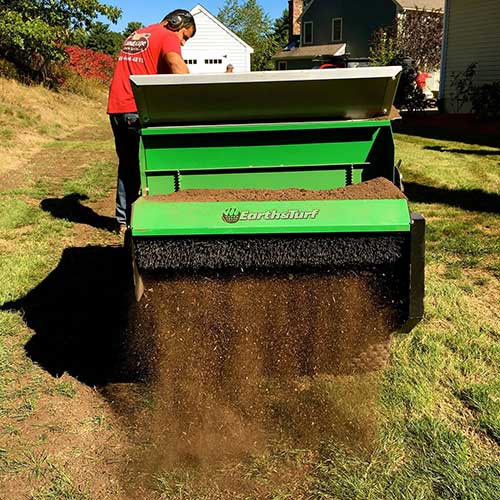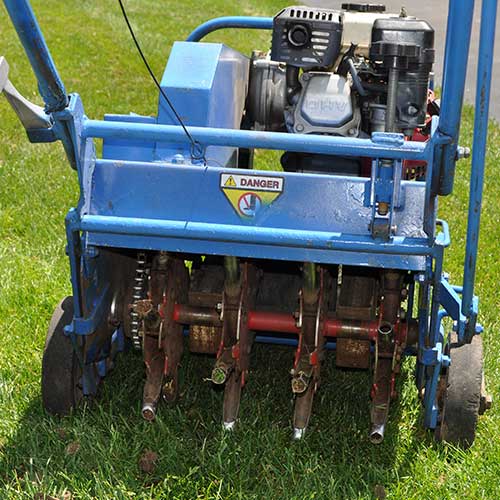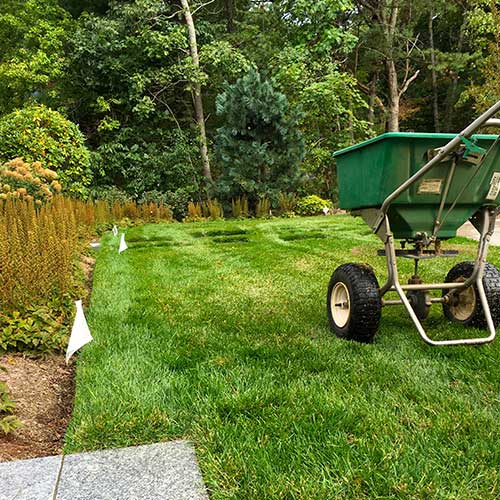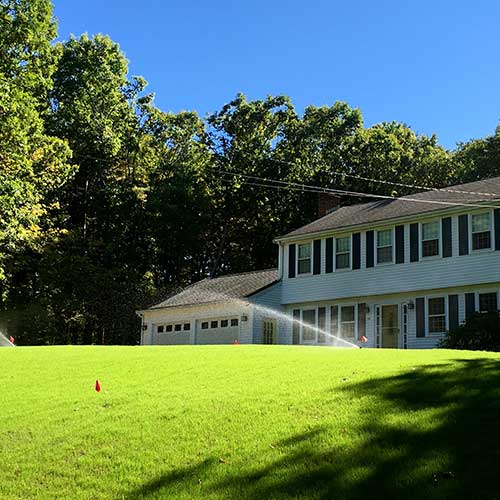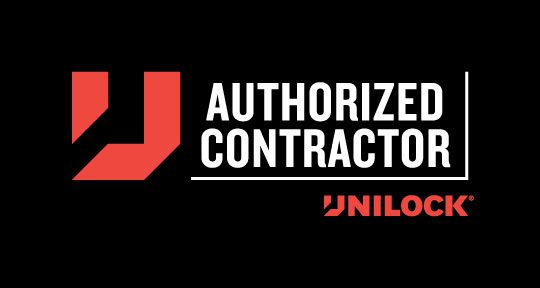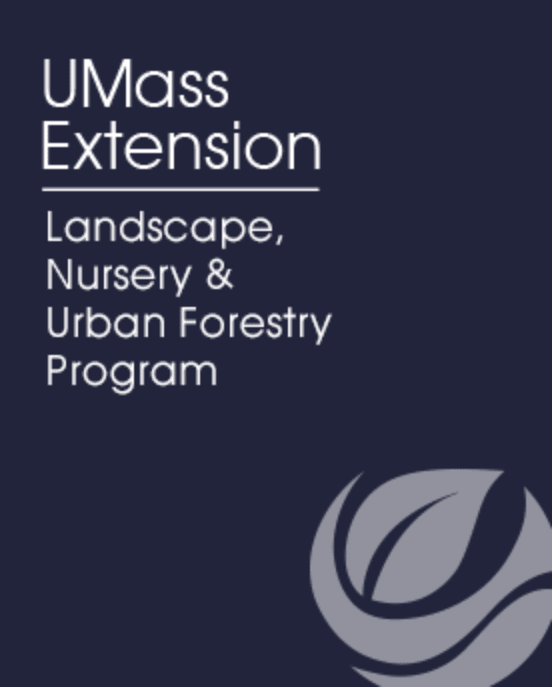Lawn Aeration In Walpole, Medfield, Dover, Westwood, MA and more
Looking for help with Lawn Aeration & Overseeding?
Are you a Homeowner? Business Owner? Property Manager? Or maybe someone just looking for more information on lawn aeration?
You’re in the right place…
DO YOU HAVE THESE PROBLEMS:
• Does your grass often looks stressed?
• Is your soil hard to the touch?
• Does rainwater puddle up where it used to be absorbed?
MF Landscape & Design’s lawn aeration & overseeding services have helped thousands of homeowners, business owners, property managers, and other individuals in Walpole, Medfield, Dover, Westwood, and the surrounding communities. After some research, we’re confident you’ll find us to be the right landscape company to handle your lawn aeration.
Why Choose
MF Landscape & Design for Lawn Aeration & Overseeding in Walpole, Medfield, Dover, Westwood, MA, and the Surrounding Towns?
In short… Because we have a reputation for quality work at a fair price. Our customer service is second to none. Our team is always responsive, courteous, friendly, and respectful.
At MF Landscape and Design, we do it all! From conception through to completion, we handle every aspect of design, construction, planting, and maintenance. This integrated approach reduces project time and money by streamlining each phase of implementation and eliminating the delays that often plague sub-contracted projects.
With MF Landscape & Design, you’ll receive:
- Quality workmanship that is guaranteed to last
- Work from licensed professionals who are honest and hardworking
- Dependable service that is completed on time and on budget
- Financing options to help fund your yard and garden projects
- Free estimates and a fully insured crew
To review the creativity of our design and the quality of our craftsmanship, simply take a look at our Photo Gallery. Our decades worth of landscaping projects speak for themselves! From custom landscape designs to planting projects, patios, stonework, and more — You can trust your yard or business property to our team of experts.
Benefits of
Lawn Aeration:
Improves turf health
Relieves soil compaction
Reduced water runoff and puddling
Benefits pH modification
Prepares grass for winter dormancy/spring green
See Also:
- Property Maintenance
- Spring / Fall Clean-Up
- Mulching / Edging
- Lawn Mowing
- Tree / Shrub Care
- Landscape Design
- Plantings
- Lawn Aeration
- Lawn Installation
- Fertilizer
- Mosquito & Tick Spraying
- Bi-Mix Compost Blowing
- Landscape Construction
- Landscape Design
- Site Work Contractor
- Patios, Walkways, Pool Deck Design, Fire pits, Outdoor Kitchens, Retaining Walls, And More
What Is Lawn Aeration?
Aeration is the process of inserting small holes in the ground with the aim of providing air circulations, better water, and nutrient consumptions for the roots of the grass. By air circulation, we mean letting stale carbon dioxide out of the soil and making room for fresh oxygen in. Aerating your lawn can break through the thatch layer (a layer of intermingled dead and living stems, roots and leaves that builds between the later of growing grass and soil underneath) if it is a high maintenance lawn.
The reason it is necessary to aerate your lawn is that some soil is naturally very compact as a result of many solid soil particles in a small space. The act of lawn aeration works to separate these particles which contribute to blocking the roots access to nutrients, air, and water. There is a myth that aeration helps prevent weeds from coming through but sadly this is untrue.
Best Time For Lawn Aeration & Overseeding:
Spring, Fall
★★★★★
Top-Rated Landscaper
Focused On Service And Delivering Quality
Residential & Commercial
Year-Round Landscape Maintenance
When Do You Need To Aerate Your Lawn?
Ideally, the best time for lawn aeration in Massachusetts is either in Fall or Spring. This is when the soil is most likely to be naturally moist and it is suitable for the holes to be set effectively. Ideally, you would aerate in the Spring when it is just coming into growing season for the grass, as this gives the grass the opportunity to heal properly. Keep in mind that the weather in Massachusetts varies a great deal and aeration is very condition dependent. If it is too wet then the holes will not let water and air through as the sides of the holes will seal up.
When it comes to frequency of lawn aeration it is dependent on the lawn. New lawns should be aerated more often as they have a less matured root system, and aerating
When Should I Aerate And When Should I Dethatch?
Aerate
Aeration can prevent a lawn from becoming compacted, and when this happens soil particles do not allow proper nutrients to reach plant roots. You’ll know your lawn needs to be aerated if the soil is compacted. To test this, push a screwdriver into the ground. Can you do it easily, or is the surface too hard?
We recommend that you aerate your lawn on an annual basis, in the spring or fall.
Dethatch
It’s important to choose the right time of year to dethatch, depending upon the type of grass you have and your climate.
Dethatching is tough on a lawn, so do it when the lawn will have the best chance to recover. Don’t dethatch if you’re in a drought or a heat wave. Ideally, there should be about 45 days of good growing conditions after you dethatch so the grass will recover without weeds taking over. Generally, late spring and early fall are the best times, but a lot depends upon your grass and whether it grows during warm or cool weather.
Talk to an Expert
We understand that sometimes you just want to talk before scheduling a consultation.
Our team will gladly answer any of your questions or help you with any of your concerns.
Call (508) 404-4819 now!
Core Vs. Liquid Aeration?
Core Aeration
Grassroots need oxygen to function and in our heavy clay soils here in Massachusetts, getting enough oxygen to the roots can sometimes be difficult. With core aeration, we poke holes into your soil and pull the cores out. Aeration helps lawns with thatch problems. It loosens the soil to let nutrients work better; plus, it helps your lawn make the best use of watering because an aerated lawn will retain more water with less runoff.
You do not want to aerate in the summer, though. It is best to wait until the cooler weather (spring/fall) arrives and the soil is a bit moister.
Liquid Aeration
Take the battle against thatch a step further and what you get is liquid aeration. As the name suggests, this is a liquid application that can be as effective as or even more than a traditional physical aeration.
There are some liquid aeration type products on the market. We are always testing and using new materials, but the basics are they contain a few main ingredients. First, they contain some sort of wetting agent to get the materials down into the soil. A wetting agent can be made from natural materials like the yucca plant, or from a more synthetic soap-like material. Either is probably fine. Secondly, the product should contain food for microbial life, typically humates and maybe kelp. Finally, a good liquid aeration product should contain enzymes or bacteria that are specifically designed to break down thatch. Sometimes the thatch decomposition product is in a separate package and requires its own application.
Testimonials From Happy Customers
Important! Composting After Thatching, Aerating, And Seeding
This composting process is an important part of lawn care as it brings the lawn back to life in a short amount of time. After thatching, aerating and seeding your lawn will ensure that the mix goes deep into the soil with ease and creates a beautiful healthy lawn. We have had great success by laying down several inches of compost on top of our seed after aerating and dethatching and watering thoroughly. Composting all over your newly seeded lawns will help hold moisture throughout the early season producing instant green grass that we enjoy taking compliments on.
In addition composting your lawn is a great way to naturally keep weeds at bay by competing with the seeds you just put into place. Composting will not only help produce a thicker and greener lawn but it will also add ph nutrients back into the soil that were leached out during the winter months. Nutrients such as nitrogen, phosphorus, potassium, calcium and more. The compost is high organic matter content which means there are plenty of organisms that feed off compost including earthworms who play a huge role in aerating the top layer of your soil. These organisms through their waste (poop) release numerous amounts of nutrients back into the ground making them once again available for plant life.

